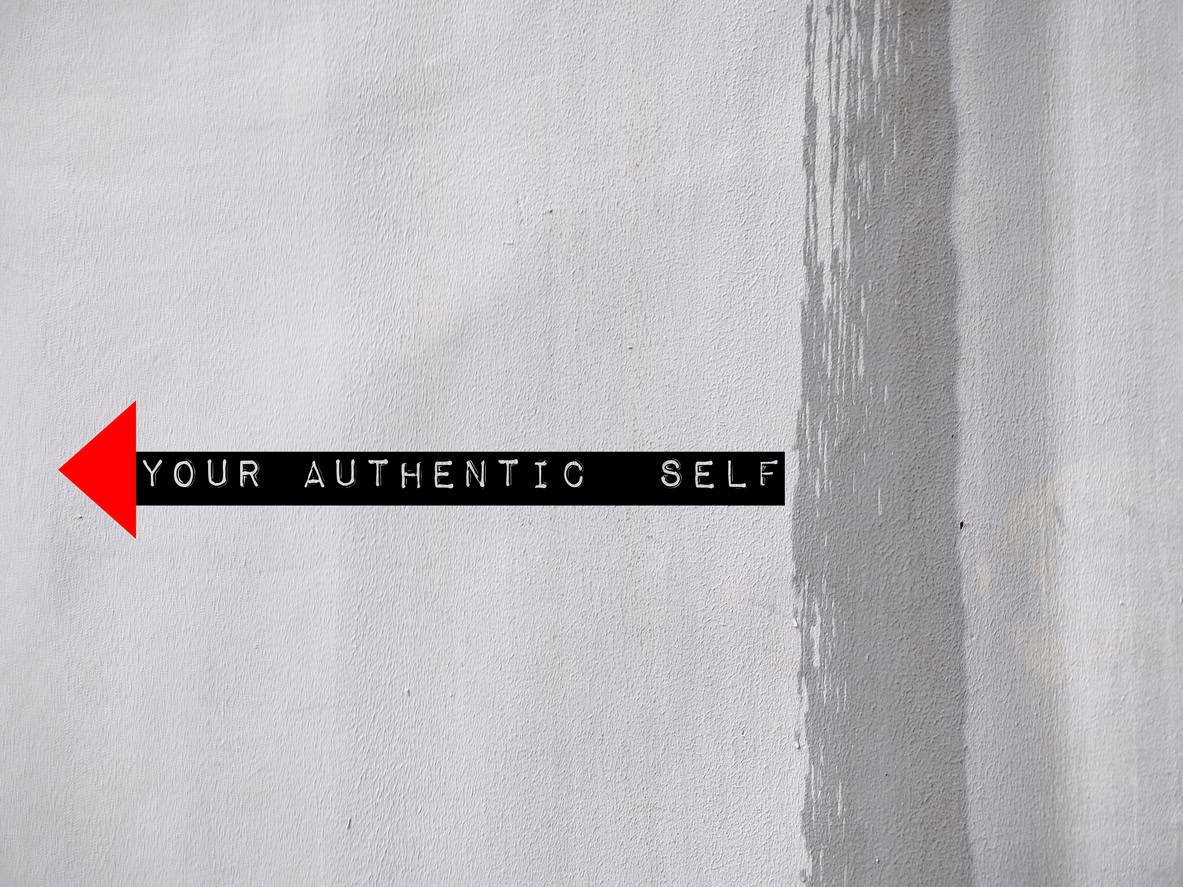On August 29, 2019, Scott Jordan returned to his Ballarat home from work. He noticed his wife’s car was not parked in its usual location. Scott walked through to the shed looking for Karla Jordan and found her dead by suicide with a notebook on the floor nearby. The Victorian Coroner’s Prevention Unit “considered Ms Jordan’s workplace environment was the primary stressor in the lead up to her acute mental health decline and suicide”. The Coroner’s findings provide an important case study for examining psychosocial hazards in the workplace.
Category: harassment
Why workplace Psychosocial Regulations will fail
Australia has learned much from its consideration of psychosocial factors that can generate psychological harm in workers over the last decade. By the end of 2025, all Australian jurisdictions will likely have re-emphasised the psychological elements of employers’ and workers’ occupational health and safety (OHS) duties. However, the legislative changes are likely to fail to improve workers’ mental health because at least one of those psychosocial factors is too confronting and uncomfortable to employers.
Authentic selves, culture and racism
Culture has perhaps become the dominant theme in modern occupational health and safety (OHS). Possibly more dominant than Leadership. Culture remains an amorphous concept that is an inclusive adjective but also unhelpful.
Several recent events started making connections in my OHS brain that I am still working through:
- Online racist statements by two Australian nurses
- A Harvard Business Review Special Issue called “The Secrets of Great Culture” and
- An article by Professor Lena Wang and others on the separation of work and life.
The most recent guidance on office safety, including psych safety and working from home
In December 2024, WorkSafe Victoria released “Office Health and Safety – A Guide for Employers“. Sadly, it seems to have (half) dumped the Officewise brand. If WorkSafe had kept it, the guide would have been part of an illustrious history stretching to the last century when the first edition was published in 1995. The new guide has some interesting advice on occupational health and safety (OHS) issues related to working from home, but workplace mental health seems more prominent than in earlier editions.
OHS and the diversity, equity and inclusivity backlash
The Australian Financial Review has looked at the local Australian context of the United States opposition to continuing workplace initiatives on diversity, equity and inclusivity (DEI), The AFR contacted some Australian technology companies for their leaders’ thoughts as overseas the DEI opposition seems loudest in tech companies. The media attention overseas has also come from the activities of some right-wing anti-woke activists. The opposition seems to deny or ignore some of the evidence for DEI contributing to company profitability, cultural strength and occupational health and safety (OHS).
Seeing OHS law as a social law could change how OHS is seen and its future
Occupational health and safety has traditionally been considered under the category of industrial, or industrial relations, but largely this is due to the major advocates of OHS being the trade union movement. So OHS seems to fit with workers’ rights under the issues of wages and conditions, but really OHS is a social law.
According to one definition social law is:
“…any law, rule or regulation (including international treaty obligations) applicable in any jurisdiction concerning
– labour,
– social security,
– the regulation of industrial relations (between government, employers and employees),
– the protection of occupational, as well as public, health and safety,
– the regulation of public participation,
– the protection and regulation of ownership of land rights (both formal and traditional), immovable goods and intellectual and cultural property rights,
– the protection and empowerment of indigenous peoples or ethnic groups,
– the protection, restoration and promotion of cultural heritage, and
– all other laws, rules and regulations providing for the protection of employees and citizens.”
OHS meets several elements of this definition.
New class action on sexual abuse in Australian mining
Many of the prominent Australian mining companies are in the process of changing their cultures to minimise the risk of sexual assaults and harassment after several recent damning inquiries into worker health and safety. Everyone seems to agree that cultural change can take a long time. I am not convinced. Change will take time if one operates within the existing organisational and operational parameters and structures. But sometimes, the harm to workers is so great that a long time exacerbates unfairness and injustice.







